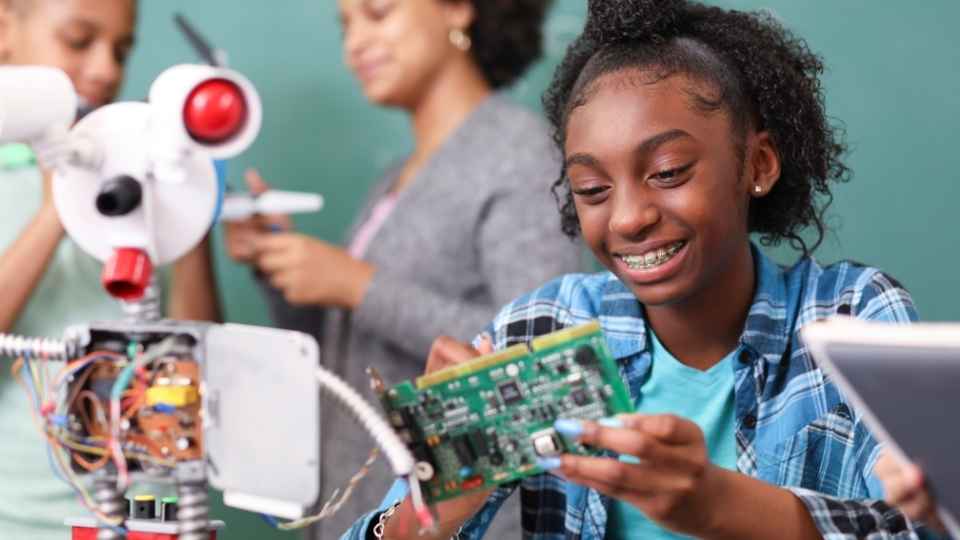
I'm excited to share with you the world of essential electronics components, where switches and fuses take center stage.
Did you know that there are over 6 billion switches produced each year? These small yet powerful devices enable us to control the flow of electricity in countless applications.
From relays and potentiometers to connectors and fuses, we'll dive into the technical details and explore how these components bring freedom and versatility to our electronic creations.
So, let's get started on this electrifying journey!
Key Takeaways
- Switches and relays control the flow of electricity in electronic circuits and are essential components in countless applications.
- Potentiometers provide precise control and customization for tailored electronic devices.
- Connectors establish secure and efficient connections between electronic devices, serving specific purposes in electronics.
- Wireless connections, such as Bluetooth and Wi-Fi, offer greater mobility and versatility in interacting with electronic devices without physical connectors.
Understanding Switches
To understand switches, you need to know how they work and the different types available. Switches are essential components in electronic circuits that control the flow of electricity. They allow us to turn devices on and off, change settings, and control various functions.
There are several types of switches, each with its own characteristics and applications. The most common type is the toggle switch, which has a lever that can be moved up or down to open or close the circuit. Another type is the push button switch, which requires pressure to activate it. Rotary switches have a rotating mechanism that selects different positions depending on their design.
Understanding these different types of switches is crucial for designing and operating electronic systems effectively.

Exploring Relays
As I delve into the world of electronics components, it's essential to explore relays and their functionalities.
Relays are electromagnetic switches that can control high-power circuits with the help of low-power signals.
How Do Relays Work
Relays work by using an electromagnet to control the flow of electricity. When a small amount of current is applied to the coil, it generates a magnetic field that attracts or repels the armature. This movement either opens or closes a set of contacts, allowing or interrupting the flow of current in another part of the circuit.
Relays offer precise and reliable switching capabilities. They can handle high currents and voltages. Relays provide electrical isolation between input and output circuits.
By utilizing relays, one can effectively control various devices without directly interacting with them. These components are essential for automation systems, where they enable remote operation while ensuring safety and protection against electrical hazards.
With their versatility and flexibility, relays empower individuals to exercise freedom in designing complex electrical systems that meet their specific needs.
Applications of Relays
Need help understanding how relays are used in various applications? Let me break it down for you.
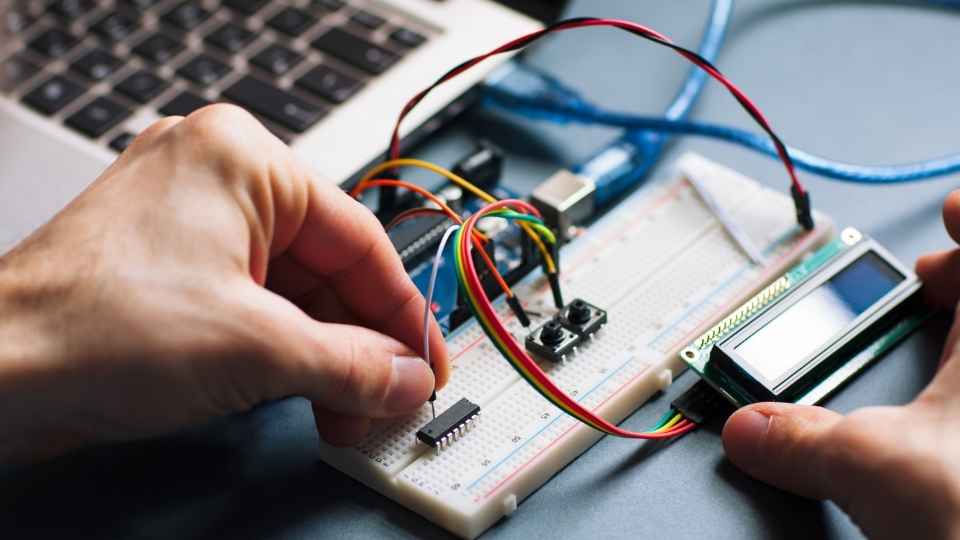
Relays are versatile components that play a crucial role in controlling electrical circuits. They act as an electromechanical switch, allowing low-power control signals to control high-power devices. This makes them ideal for applications such as home automation, automotive systems, and industrial machinery.
In home automation, relays can be used to control lights, fans, and appliances remotely. In automotive systems, they enable functions like turning on headlights or activating the fuel pump. Industrial machinery relies on relays to control motors, solenoids, and other heavy-duty equipment.
Relays provide the freedom to automate and streamline processes while ensuring safety and reliability. However, their usage isn't limited to just these applications.
Now let's dive into another essential component that adds versatility to electronic circuits: potentiometers.
The Versatility of Potentiometers
Potentiometers are widely used in electronic devices for their ability to control voltage and current. These versatile components have numerous applications, making them essential in various fields.
Volume Control: Potentiometers are commonly found in audio equipment, allowing users to adjust the volume of speakers and headphones with precision.
Variable Resistors: By adjusting the resistance of a potentiometer, one can control the flow of current in a circuit. This is particularly useful for dimming lights or regulating motor speed.
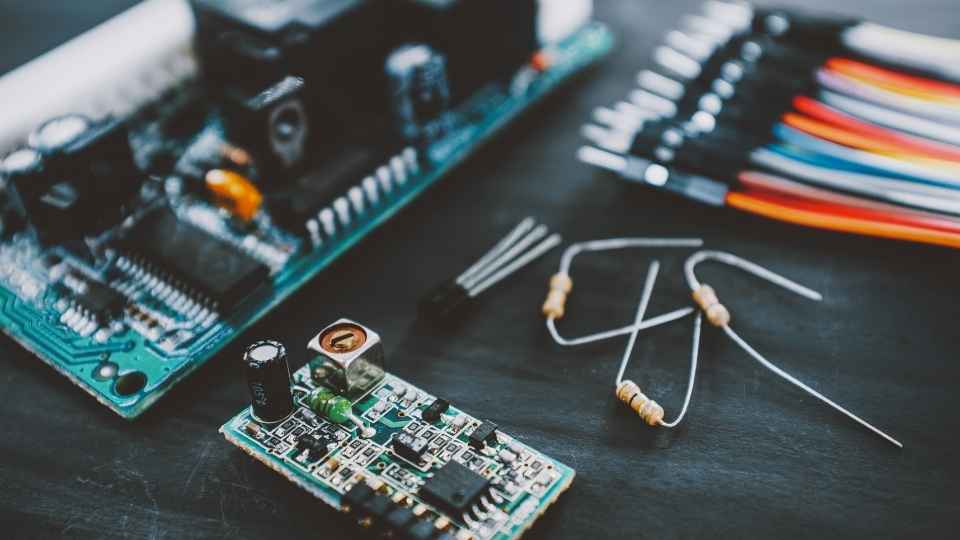
Sensor Calibration: Potentiometers play a crucial role in calibrating sensors such as temperature and pressure sensors. They allow for fine-tuning and ensuring accurate measurements.
With their ability to provide precise control and customization, potentiometers offer freedom to electronics enthusiasts, enabling them to tailor their devices according to their needs. Whether it's adjusting volume levels or fine-tuning sensor readings, potentiometers provide the flexibility required for creative exploration.
Connecting With Connectors
Connecting With Connectors is an essential aspect of any electronic system. These small yet powerful components play a crucial role in establishing a secure and reliable connection between different devices or components.
Types of Connectors
If you're looking for a reliable way to connect different electronic components, consider using various types of connectors. Connectors are essential in creating secure and efficient connections between devices.
Here are three common types of connectors that can be used in electronics:
USB Connectors: USB (Universal Serial Bus) connectors are widely used for connecting peripherals such as keyboards, mice, and printers to computers. They provide a fast and convenient way to transfer data and power.
RCA Connectors: RCA (Radio Corporation of America) connectors are commonly used for audio and video connections. They consist of a red, white, and yellow plug, with each color corresponding to a specific signal type.
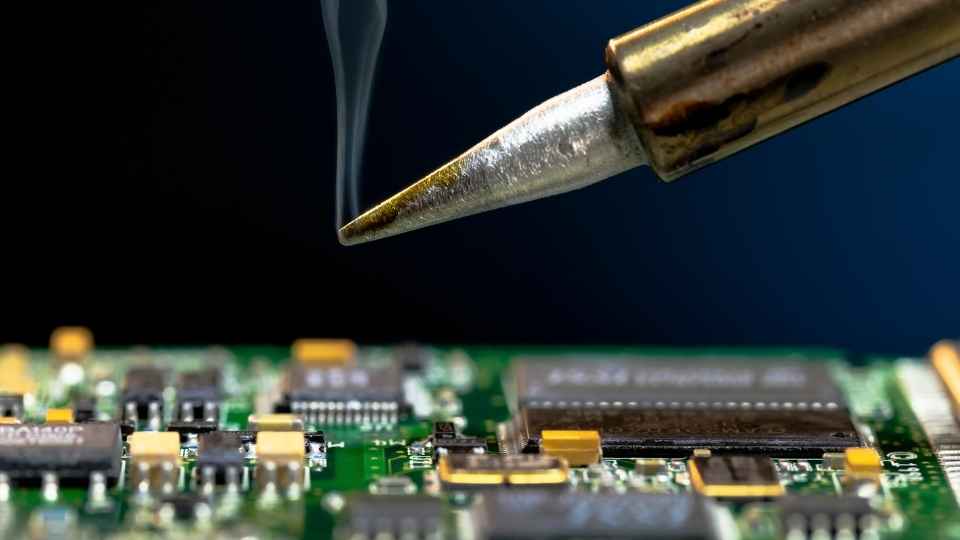
Ethernet Connectors: Ethernet connectors, such as RJ45 connectors, allow for the transmission of data over local area networks (LANs). These connectors provide high-speed connectivity for devices like computers and routers.
Connecting Without Connectors
When connecting electronic devices, it's possible to establish a secure and efficient connection without using traditional connectors. This can be achieved through wireless technologies such as Bluetooth or Wi-Fi.
These technologies allow for seamless communication between devices without the need for physical cables or connectors. With Bluetooth, for example, you can connect your smartphone to a speaker wirelessly and enjoy your favorite music with freedom of movement. Wi-Fi enables devices to connect to the internet without the use of Ethernet cables, providing flexibility and convenience.
These wireless connections not only eliminate the hassle of dealing with cords but also offer greater mobility and versatility in how we interact with our electronic devices. So whether it's streaming music or browsing the web, connecting without traditional connectors gives us the freedom we desire.
Importance of Fuses in Electronics
Remember, fuses play a crucial role in protecting electronic devices from potential damage caused by excessive currents. They're small but essential components that act as safety measures to prevent overheating and short circuits.
Here's why fuses are so important:
Current Regulation: Fuses regulate the flow of electrical current, preventing it from exceeding safe limits and causing harm to the device or its users.

Device Protection: By interrupting the circuit when there's an overload or a fault, fuses protect electronic devices from potential damage and even fire hazards.
Cost-effective Solution: Fuses are relatively inexpensive compared to other protective devices like circuit breakers. They provide a cost-effective solution for safeguarding electronics.
Exploring Other Essential Components
To further enhance your understanding of electronic devices, it's important to explore the functions and importance of other vital components such as resistors and capacitors.
Resistors are passive electronic components that limit the flow of electric current in a circuit. They help control voltage levels, protect sensitive components, and ensure proper functioning of the circuit.
Capacitors, on the other hand, store electrical energy and release it when needed. They're used for various purposes like smoothing out power supply fluctuations and filtering out unwanted noise in circuits.
Both resistors and capacitors play crucial roles in maintaining stability and efficiency in electronic systems. By understanding their functions and applications, you can gain more control over your electronics projects and tailor them to your specific needs.
Frequently Asked Questions
Can I Use a Switch to Control Multiple Devices Simultaneously?
Yes, you can use a switch to control multiple devices simultaneously. It allows you to easily turn on or off multiple devices with just one flick of the switch.
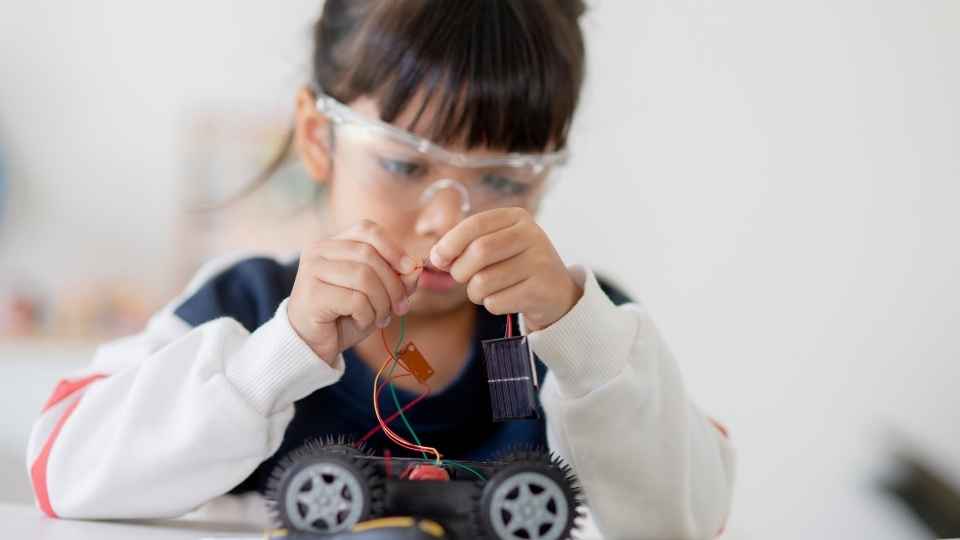
How Do I Determine the Appropriate Relay to Use for a Specific Electrical Circuit?
To determine the appropriate relay for a specific electrical circuit, I analyze factors such as voltage rating, current capacity, and switching speed. These specifications guide me in selecting a relay that can handle the circuit's requirements effectively and ensure optimal performance.
What Are Some Common Applications for Potentiometers Other Than Adjusting Volume or Brightness?
Potentiometers have various uses beyond adjusting volume or brightness. They can be utilized in applications such as motor speed control, temperature regulation, and even as input devices for electronic instruments like synthesizers and guitars.
Are There Any Special Considerations When Selecting Connectors for High-Voltage Applications?
Are there any special considerations when selecting connectors for high-voltage applications? Yes, it is crucial to choose connectors that can handle the high voltage and ensure a secure and reliable connection, minimizing the risk of electrical accidents.
Can Fuses Be Used in Conjunction With Other Protective Devices to Enhance Circuit Protection?
Yes, fuses can be used in conjunction with other protective devices to enhance circuit protection. By adding a fuse in series with a circuit breaker or surge protector, the overall protection level is increased.
 Basic Electronics ConceptsEssential ToolsCircuit Design BasicsMicrocontrollersDIY Electronics ProjectsRoboticsPrivacy PolicyTerms And Conditions
Basic Electronics ConceptsEssential ToolsCircuit Design BasicsMicrocontrollersDIY Electronics ProjectsRoboticsPrivacy PolicyTerms And Conditions
